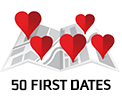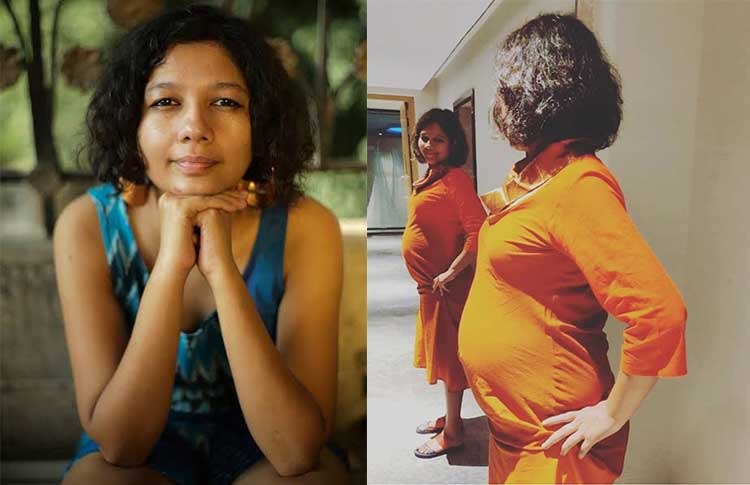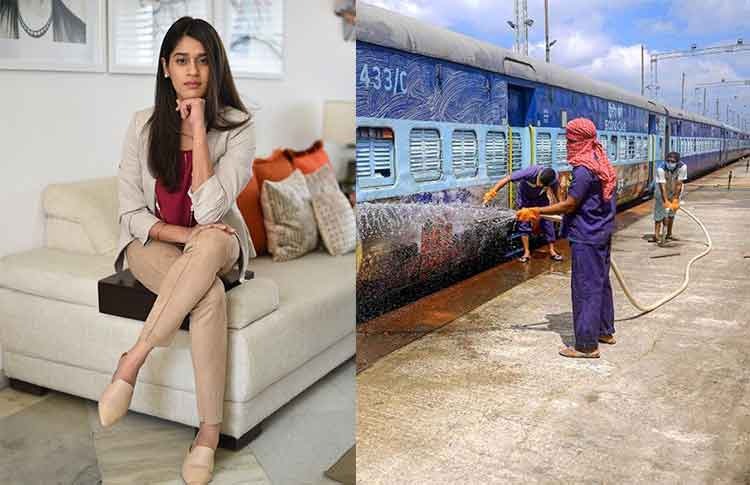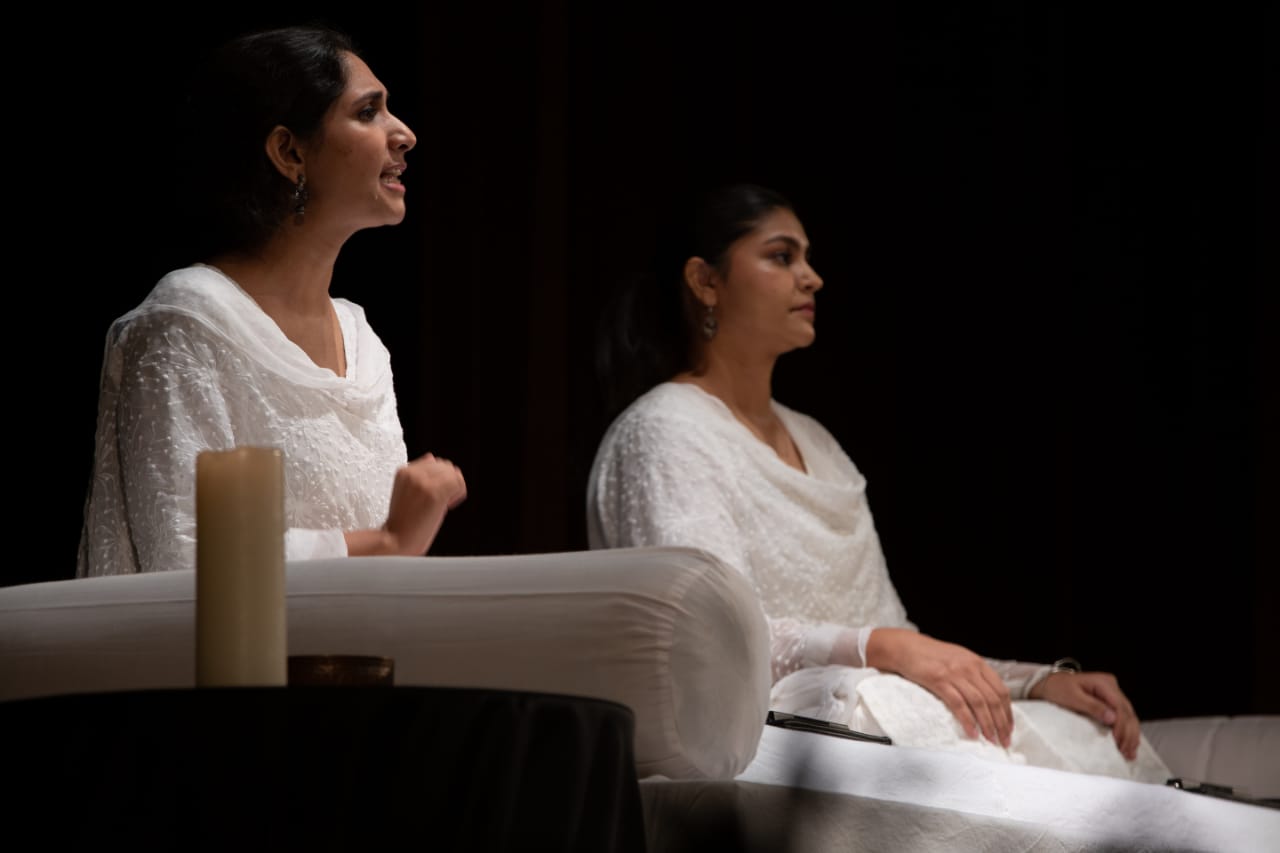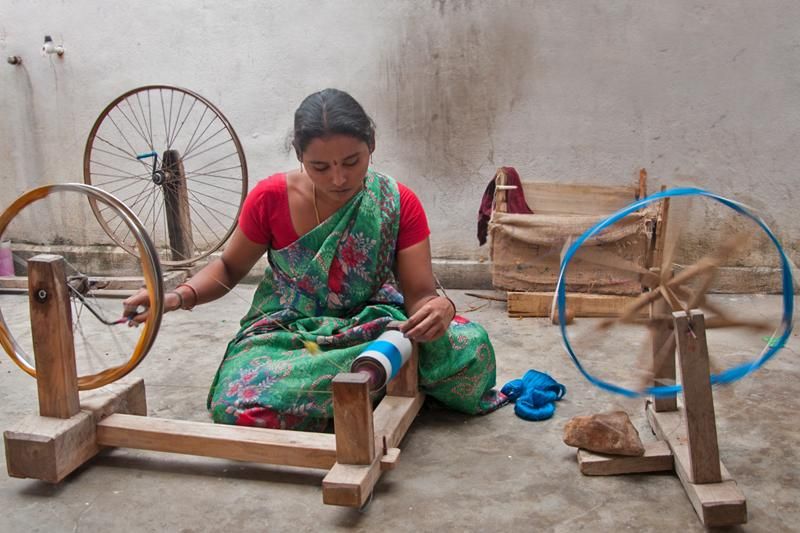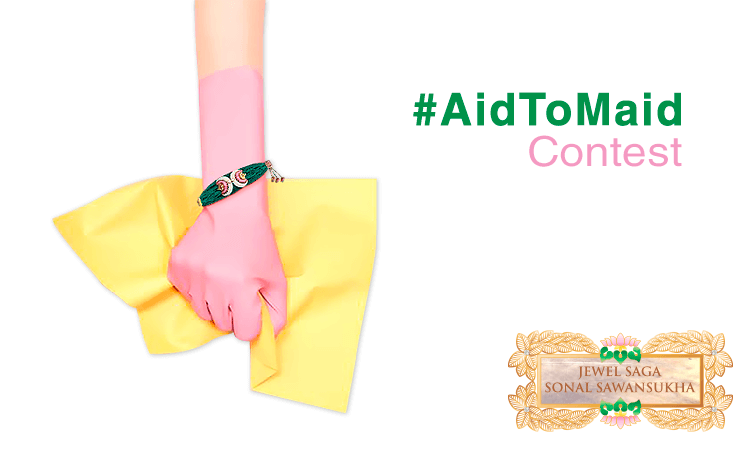You Are Already Making XXS, Why Not Make XXL As Well: Plus-Size Model Neelakshi Singh
- IWB Post
- July 6, 2019
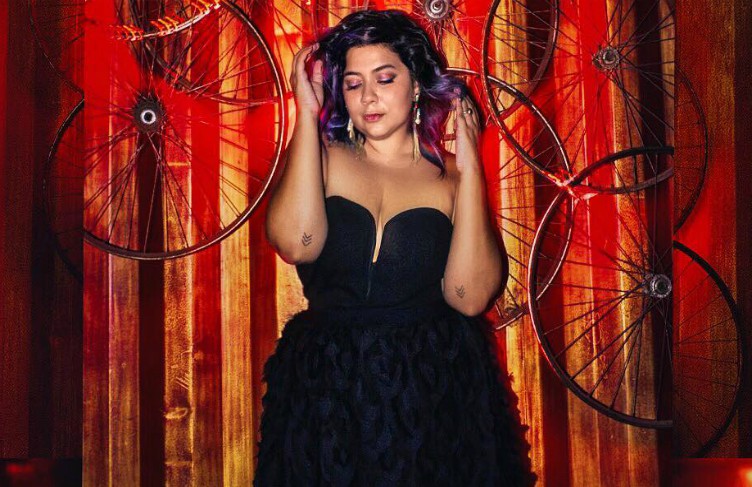
We, as a society, are so fixated on our myopic idea of beauty standards, that we refuse to even see or acknowledge who falls out of their confining periphery.
However, all thanks to influencers like Neelakshi Singh that we are finally opening up to the conversation on body positivity and the idea that beauty comes in all colours, shapes, and sizes. A style blogger and a fashion professor, 27-year-old Neelaskhi is a staunch advocate of body positivity and spreads the message through her blog Plump To Pretty, which she likes to refer to as “a fat girl’s decadent fashion diary.”
Besides that, she has also walked the ramp at Lakme Fashion Week and happens to be a plus-size swimwear model. However, in a society that loves its prejudices and stereotypes more than anything else, it is not always easy to be yourself and love who you are.
In a recent conversation that I had with Neelakshi, she talked about life as a curvy woman in the fashion world, the horrors of plus-size shopping in India, and the ways to make fashion industry more inclusive.
Here are extracts from the conversation:
So why plump to pretty? Why can’t plump be pretty?
Actually, it is perceived entirely wrong. I know, this is how it comes across to people. But in reality, when I saw Plump to Pretty, basically I am calling myself plump and addressing my audience as pretty. So that has been the narrative and that’s how I came up with the name.
Last year, a row ensued after a plus-size show at Lakme Fashion Week. You also walked for one of the shows. What was your experience like?
So, there were two shows that happened. One of them was by ALL which is not a brand that I have ever been a part of. So I was working as a CR back then and I actually attend the show to see what was happening. Honestly, it was almost a joke that was made out of the plus-size people. I personally bashed them on my Instagram too. I was aghast looking at the designs that are being made for plus-sized people. It looked almost like the stuff was picked up from cheap stores and put together to make it work for the ramp.
As far as the walking on the ramp is concerned, I walked for Half Full Curve, which honestly is a brand that makes a lot of efforts. It is truly a designer brand for all sizes, and not just plus size. I walked for their two shows consecutively. We had a good mix, you know, we had people from all age groups and body sizes. But, yes, we did not get paid for it. Usually, when you go to such shows the whole idea is like, “You are fat, you need the exposure, we are giving you this chance.” And that’s the case in most of the editorials too. So there is not one editorial that I haven’t done and I have never been paid for it.
That explains why our fashion industry remains largely homogenous. How do you think we can make it more inclusive?
If you look at it from a technical viewpoint, production planning needs to be done in a much more effective way. You are making something XXS already, so why not make extra, extra large as well? Other than that, a lot of brands honestly do not want to be associated with the image of plus size, which needs to change.
Also, we fail to understand that the plus size really just starts from 14 and then we have sizes up to 20 and 24 and people struggle to get stuff in these sizes. It is a struggle to even get denim in these sizes. This is something that needs to be worked upon as well.
Curvy women are often thronged with rules where they are constantly told things like “you should be wearing this,” “you should be wearing that.” Do you believe in any of these rules? What’s the right way to approach this conversation?
As a professor and consultant, I’d say that you should know the rules of fashion, it is important to know where it comes from. I feel that even to break a rule, you should know it in the first place. Work on what suits your body type, find your comfort zone, and then you don’t have to care about breaking the rules or following them. Wear what makes you comfortable. I know it is one of those pieces of advice that people often give but it’s not something that we follow.
When it comes to you as an individual, how are you practising body love?
For me, to date, my tummy is a big problem area that I don’t think I could ever possibly wear a bikini. I am still getting there. The journey of self-love is not like one day you wake up and you have made it. It is acknowledging your stretch marks, all your flaws, and it is also acknowledging your mental health.
As for me, when it comes to practicing self-love, it has always been about clothes for me. I used to be the kid who would run not to the candy shop but to the clothing store. This is something that I have always been patronised and probably mocked for but I revel in the power of dressing up. I have just been lucky enough to be able to imbibe it into my profession. Dressing up is my way of self-love.
How about your experience of shopping in India? Have you ever faced problems because of your size?
Always! I was always a big kid. I had to face something embarrassing every time we went out shopping. So when I had to get denim, I’d have to go to some shop and get the men’s denim. Whenever my relatives had to get me something, they’d just come and take me to a shop and something like, “han bhaiya isme sabse bada size dikhaiye” and the shopkeepers would say something like “Nahi nahi inke size ka nahi milega, aap yahan jaiye, aap wahan jaiye” and I would be so harrowed for even my birthday dress.
How did you navigate through this?
When I really started to overcome this fear of embarrassment in 11th grade or something, I would just go to the shop myself and say “sabse bada size dikha do.” With all the shamelessness that I’d subject them to, they would be very coy about counteracting it and it really worked because I’d just be very assertive in my ways. I had taken so much shit for so long that I’d just go and ask “Nahi hai? Theek hai, koi baat nahi!” It’s was like “You don’t want my money. It’s not me who has a problem.”
Eventually, when I started shopping completely by myself, I started from the streets and that changed my life. Even now, I think my favorite place to shop in India would really be the streets even when we have so many online stores.
You have been an inspiration for so many. Would you like to share one of those instances when someone approached you and told you how you have made an impact on their life?
It feels amazing to have young people come up to you and say things like, “You are the reason why I got a pair of shorts for the first time.” A girl whom I met in a mall some time ago said this to me. Even her boyfriend approached me and thanked me for giving her the push.
There are also people who approach me and share that they want to be a plus-size model or get into fashion and ask for tips. I always try to help them but there are times when I am not in the mental space and I tell them about that too. I have had that kind of an equation with my audience. I have a filtered number of followers but those 11k are the people I really know and connect with.
Do you think there is a need for a like-minded community of bloggers/influencers who work together to disrupt the popular narrative?
The need right now is to have a conversation and teach your children the right thing because they are constantly being told that this is not the right way to be. There were kids who used to make fun of me at the swimming pool. I think that’s where the change needs to start from and just a couple of influencers coming and modeling can’t solve the problem. The conversation has to be everywhere.
Photo Courtesy: Neelakshi Singh
- 0
- 0


